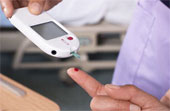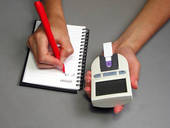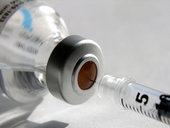- > Home
- > Beauty - Salon
- > Hair Products
- > Specials
- > Styles - Women
- > Formals
- > Opportunities
- > Workshops
- > Community
- > Book
 The One Stop for Beauty & Styles
The One Stop for Beauty & Styles
In-Store and Online
- > Home
- > Beauty - Salon
- > Hair Products
- > Specials
- > Styles - Women
- > Formals
- > Opportunities
- > Workshops
- > Community
- > Book
B E A U T Y A N D S T Y L E S S A V I N G
|











